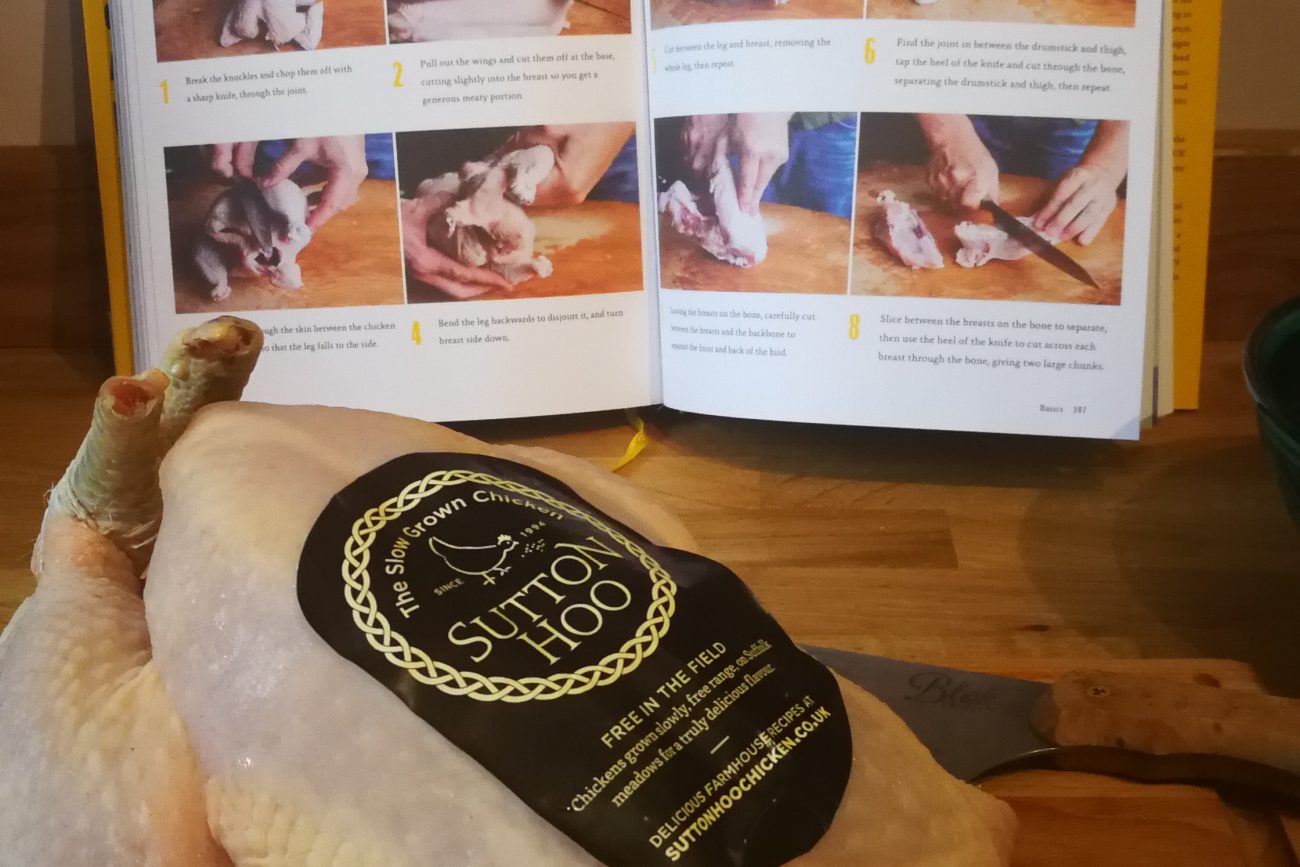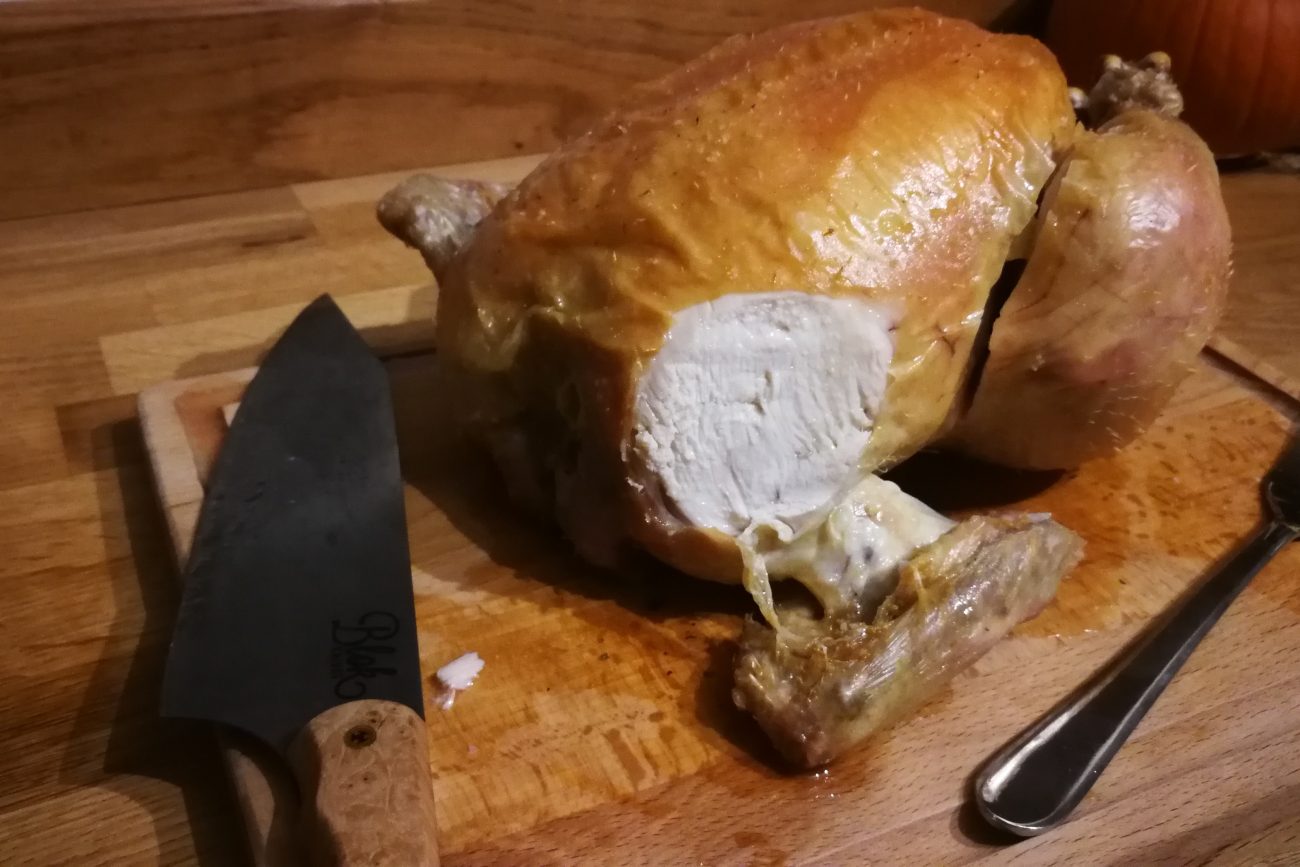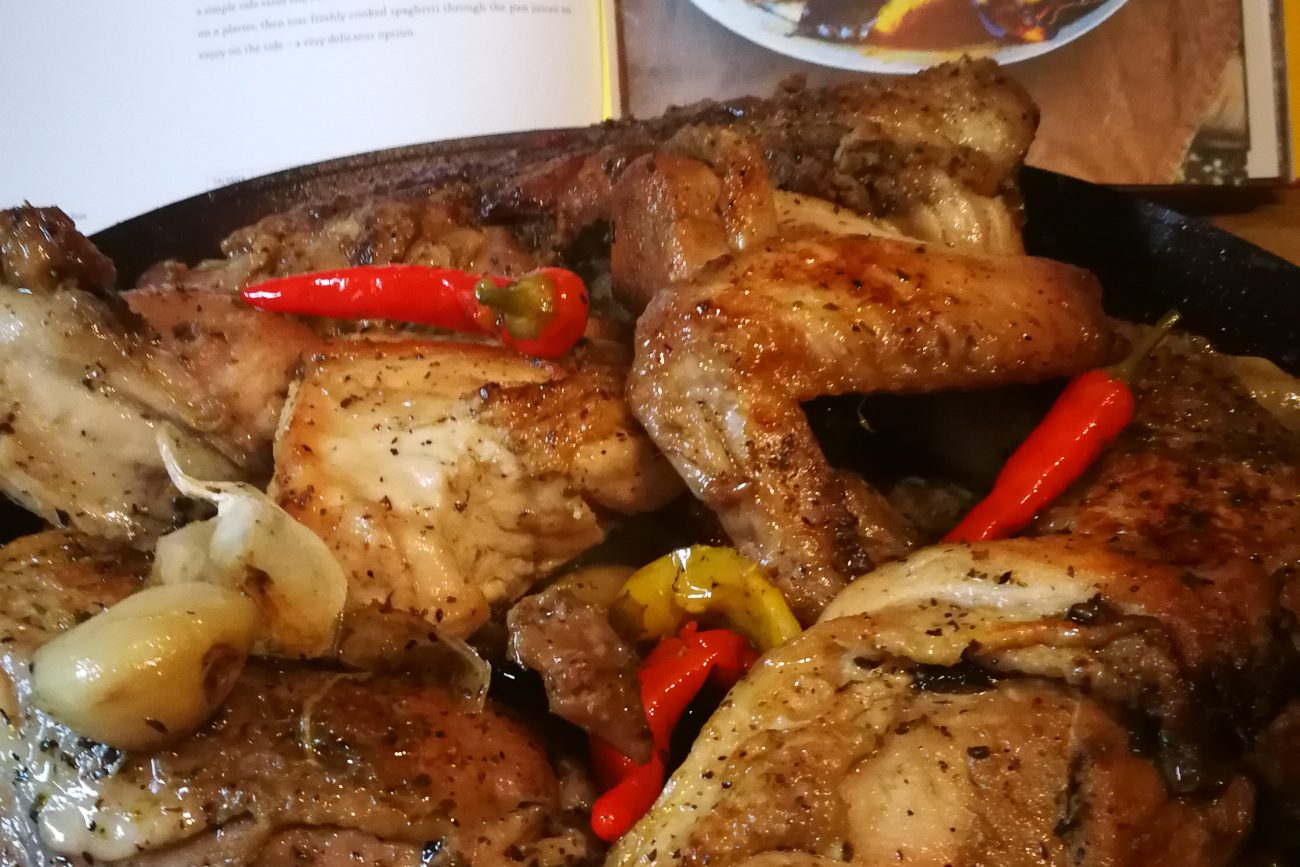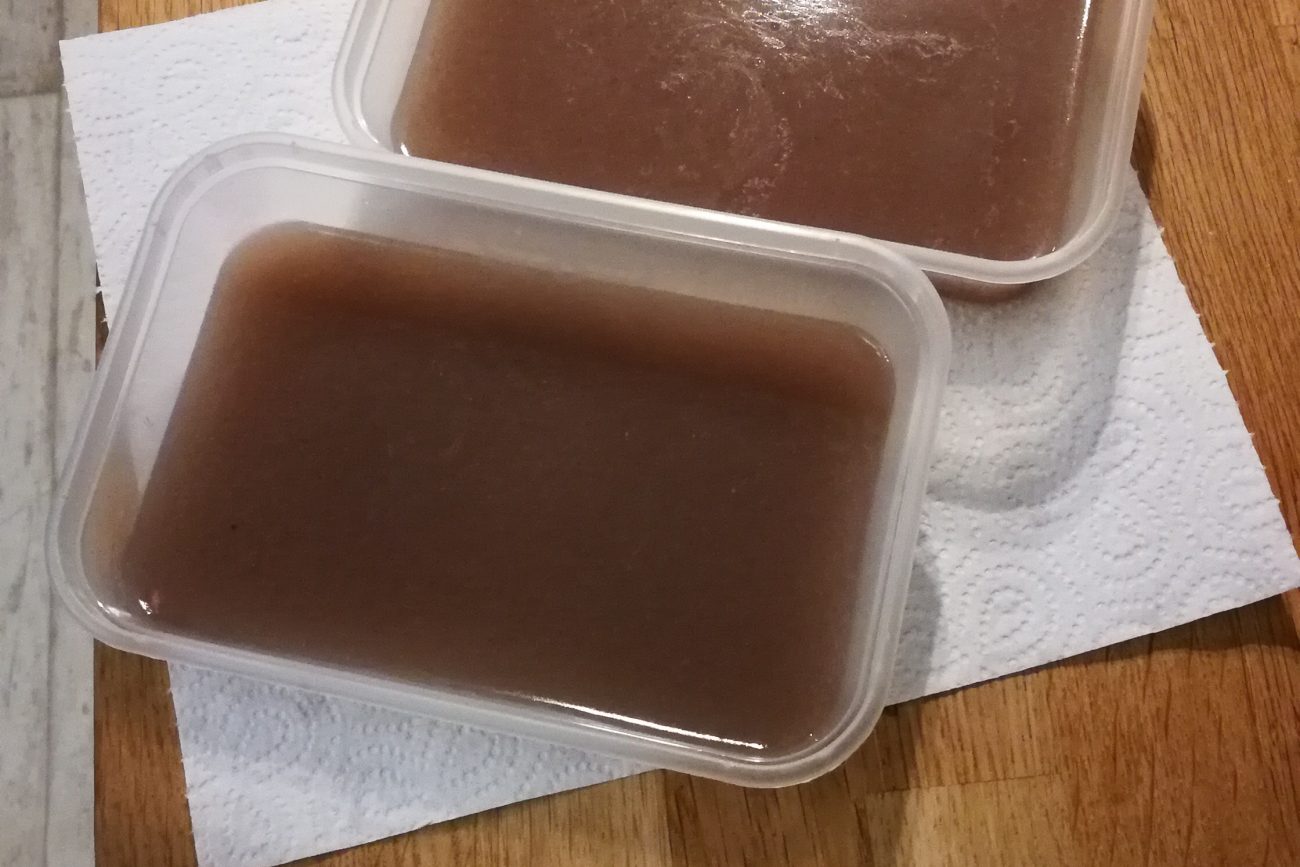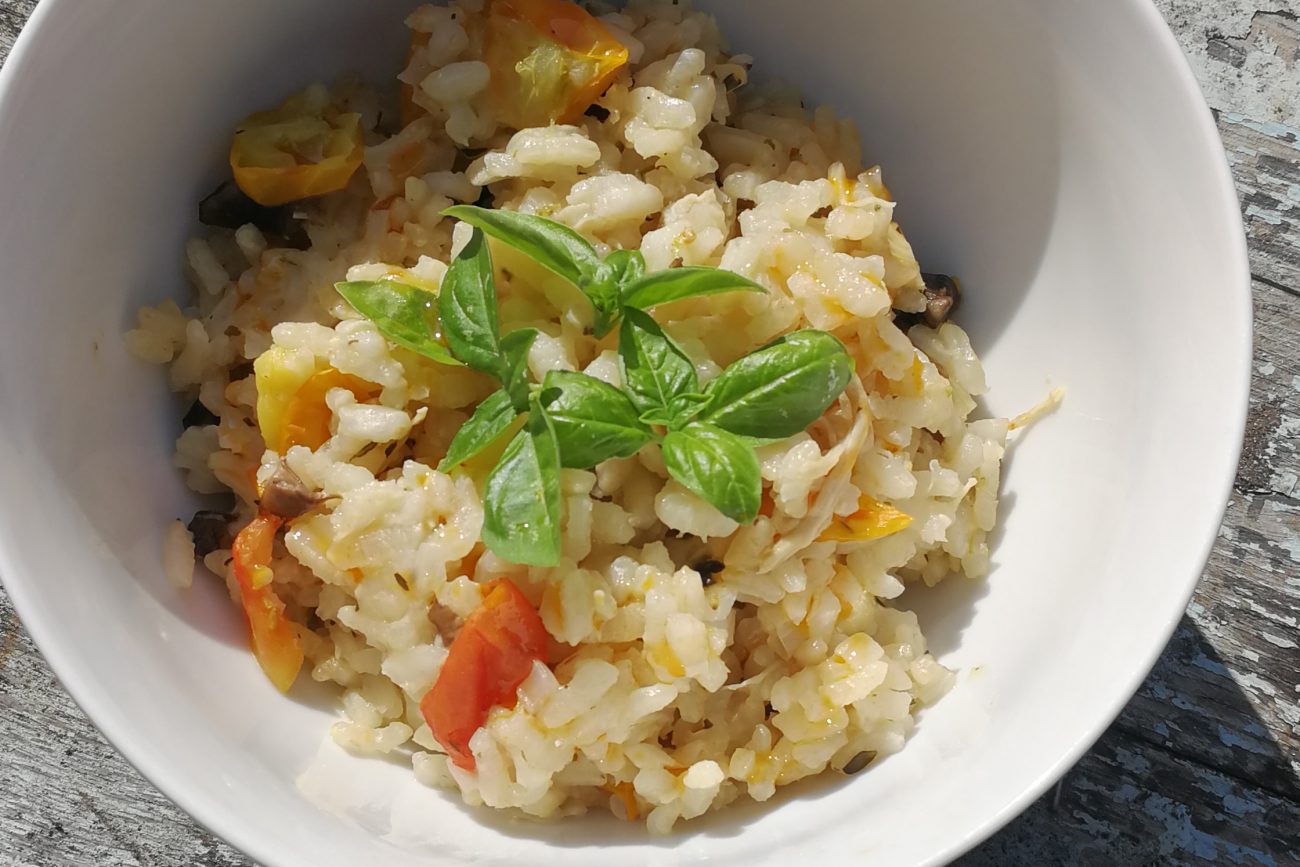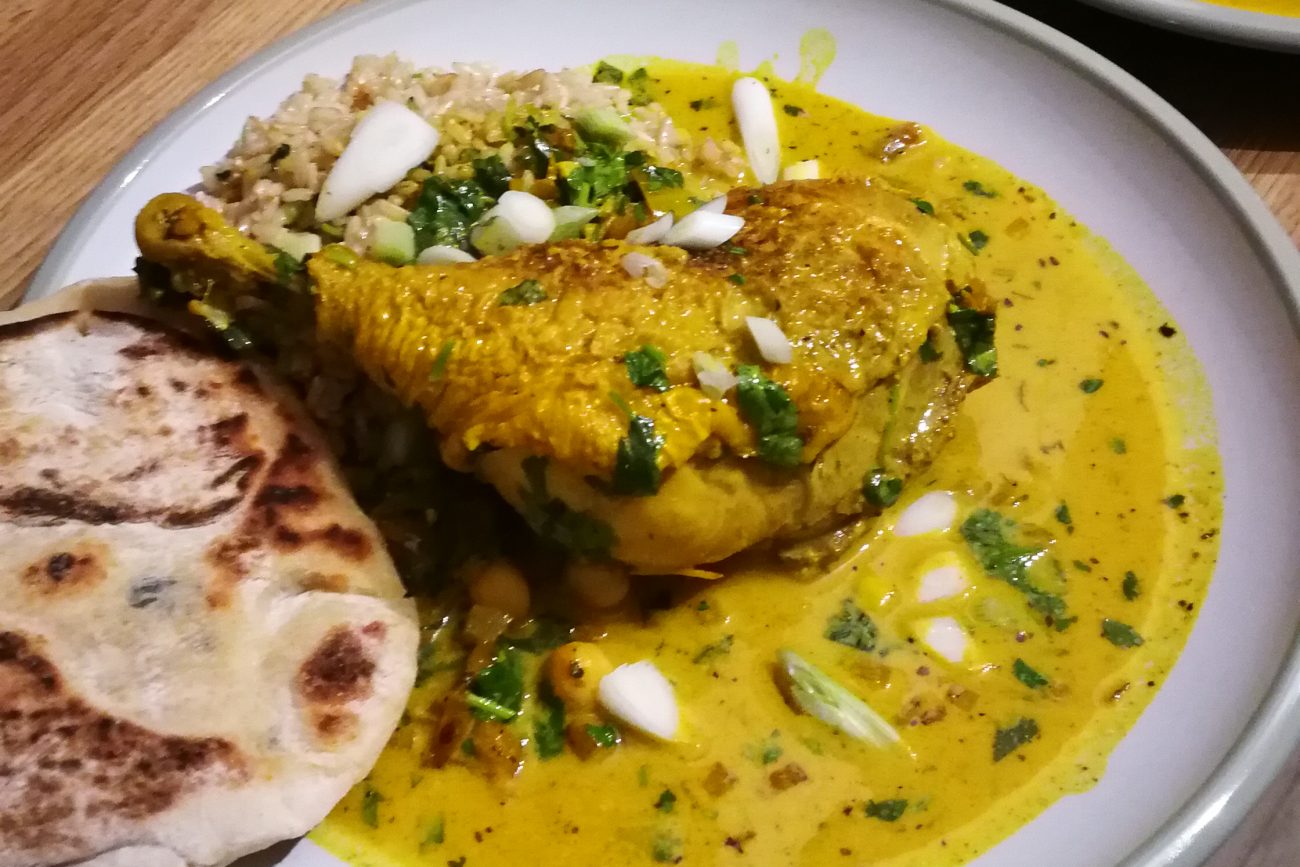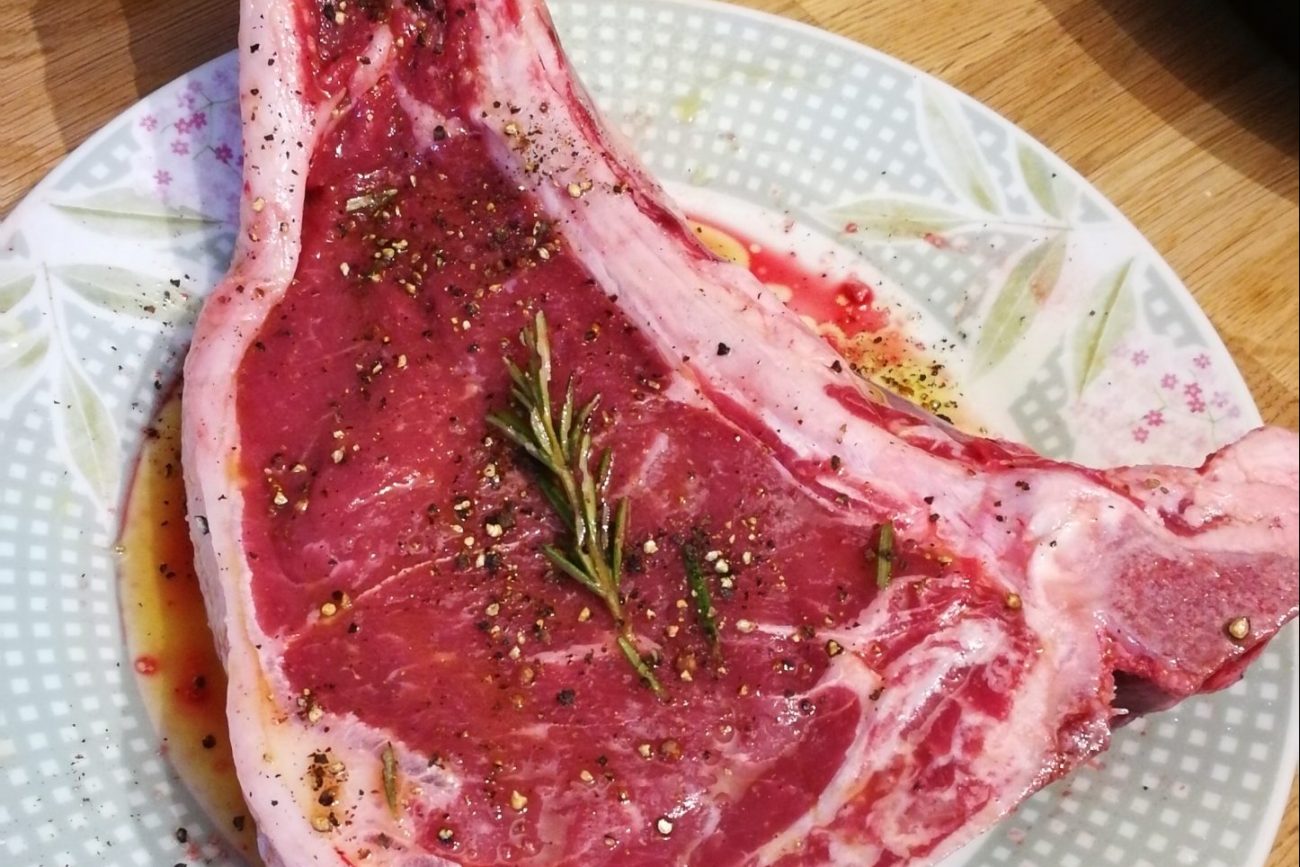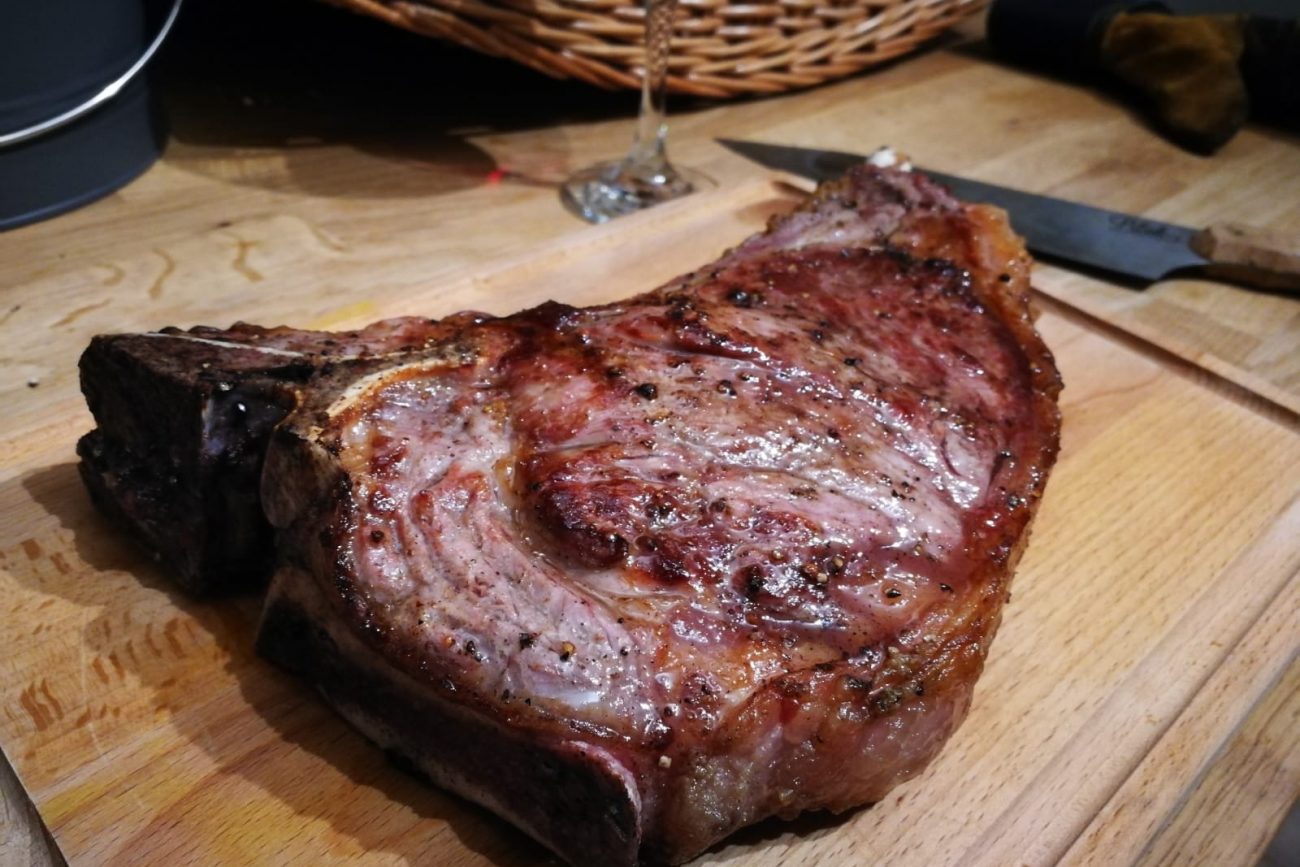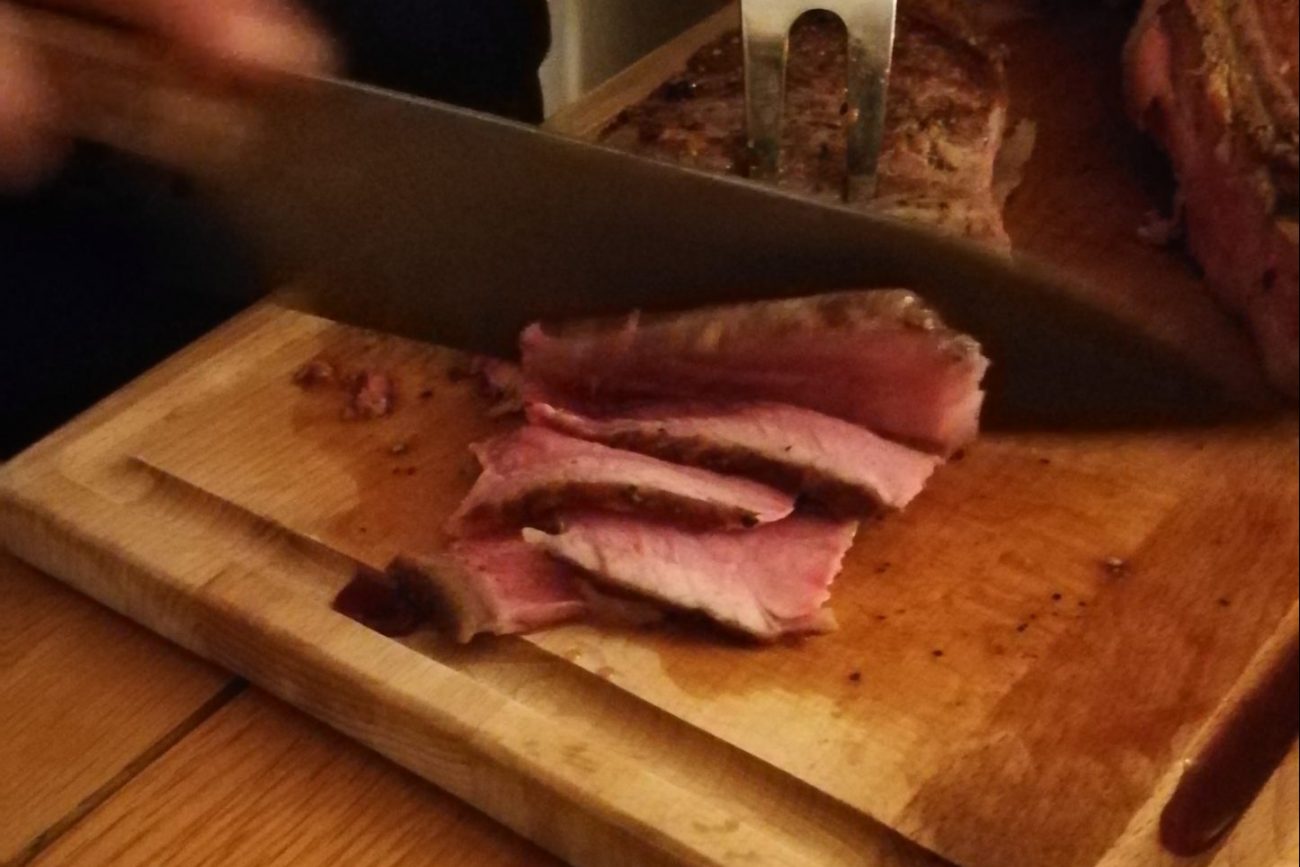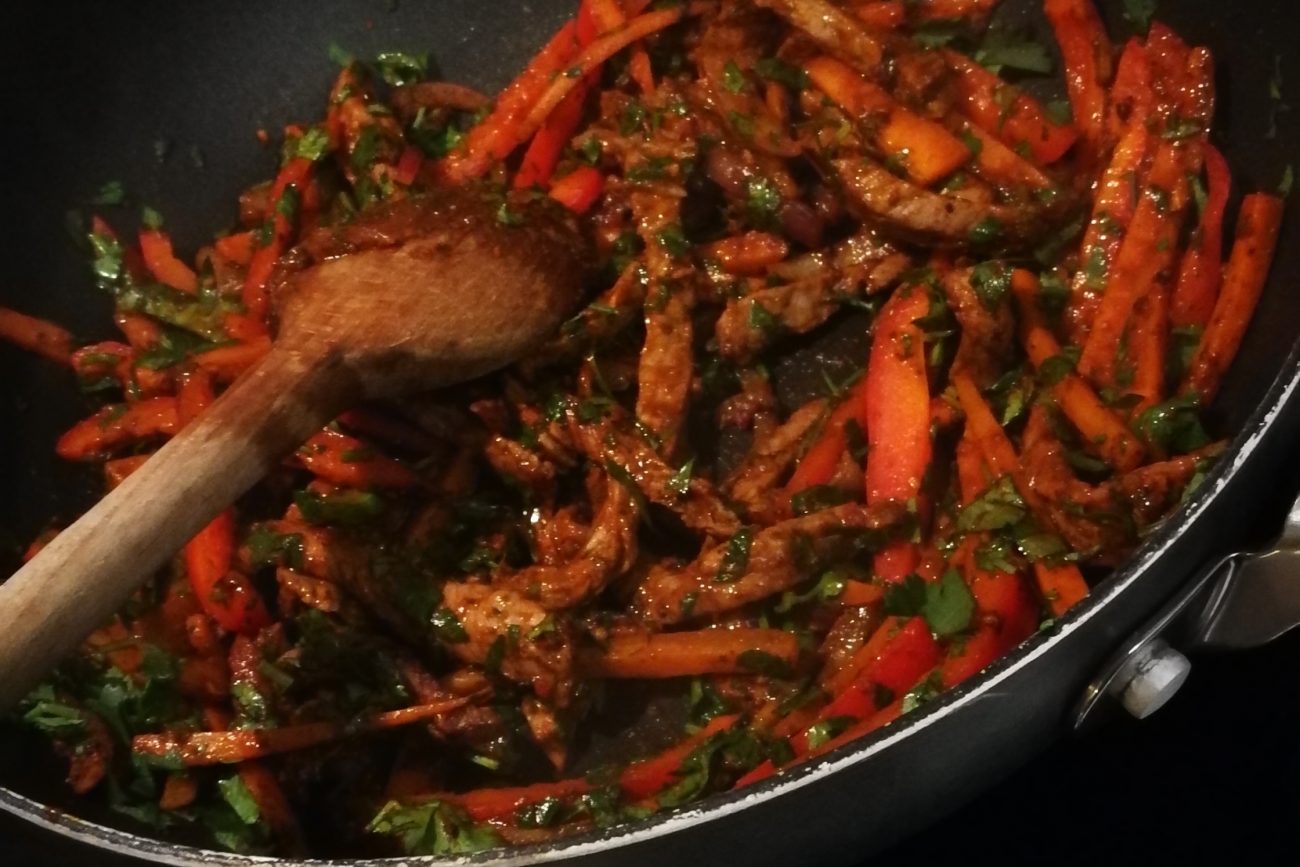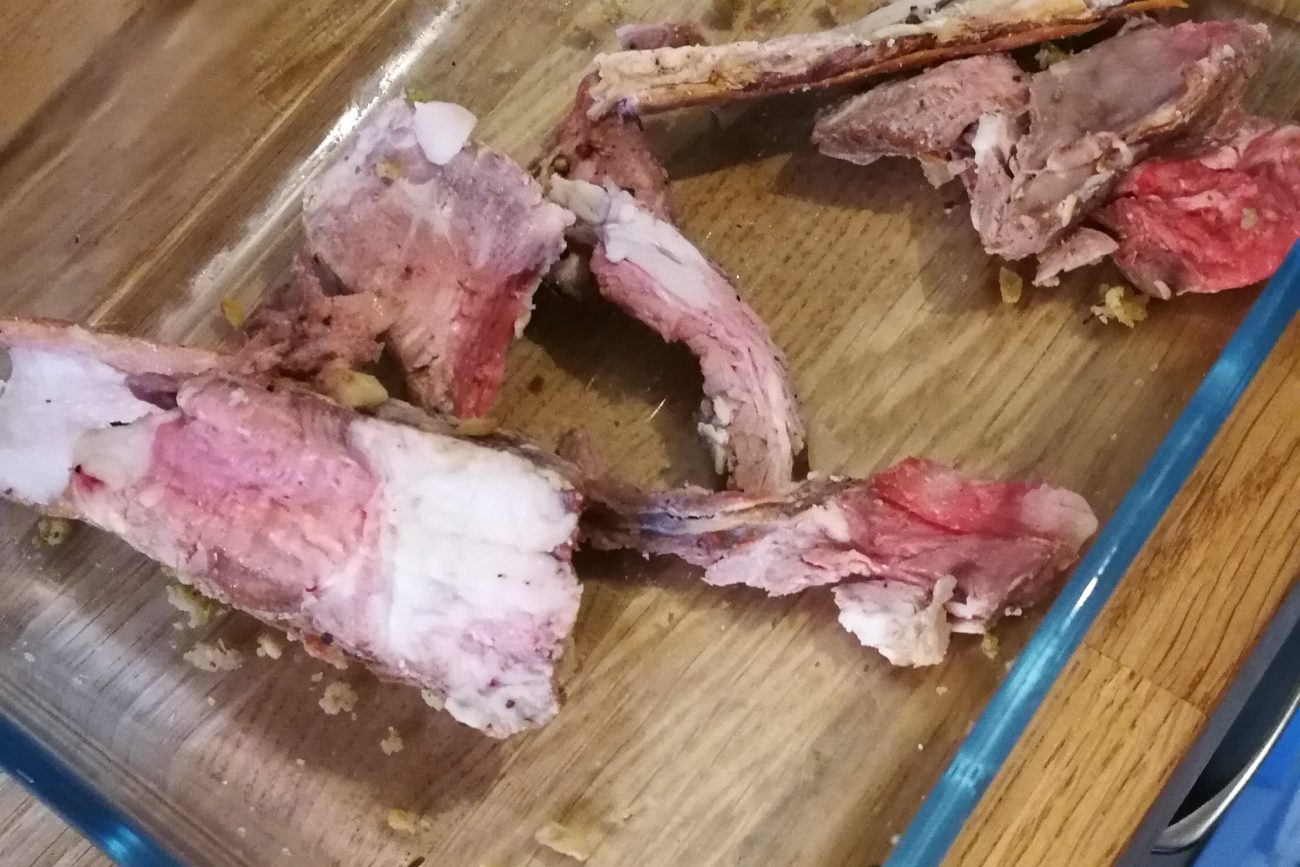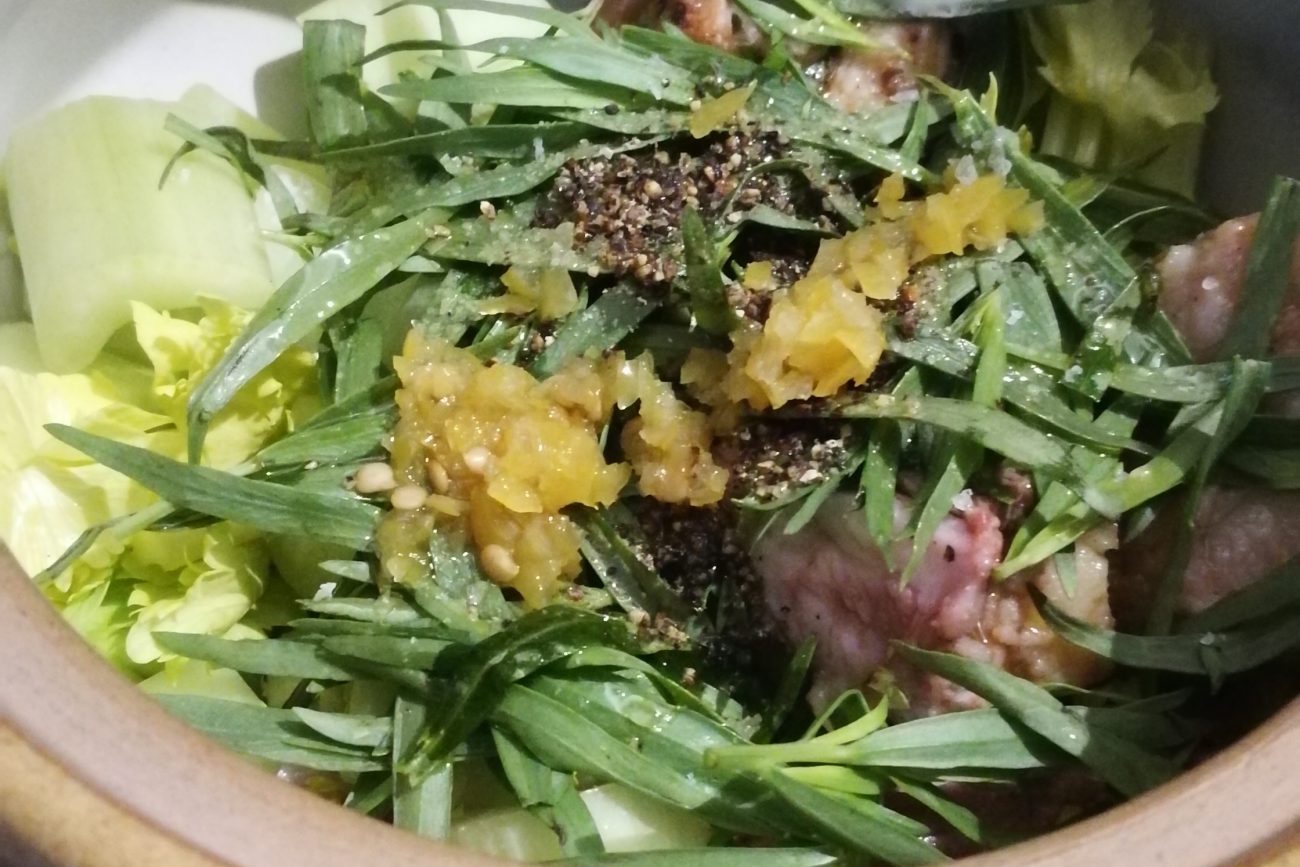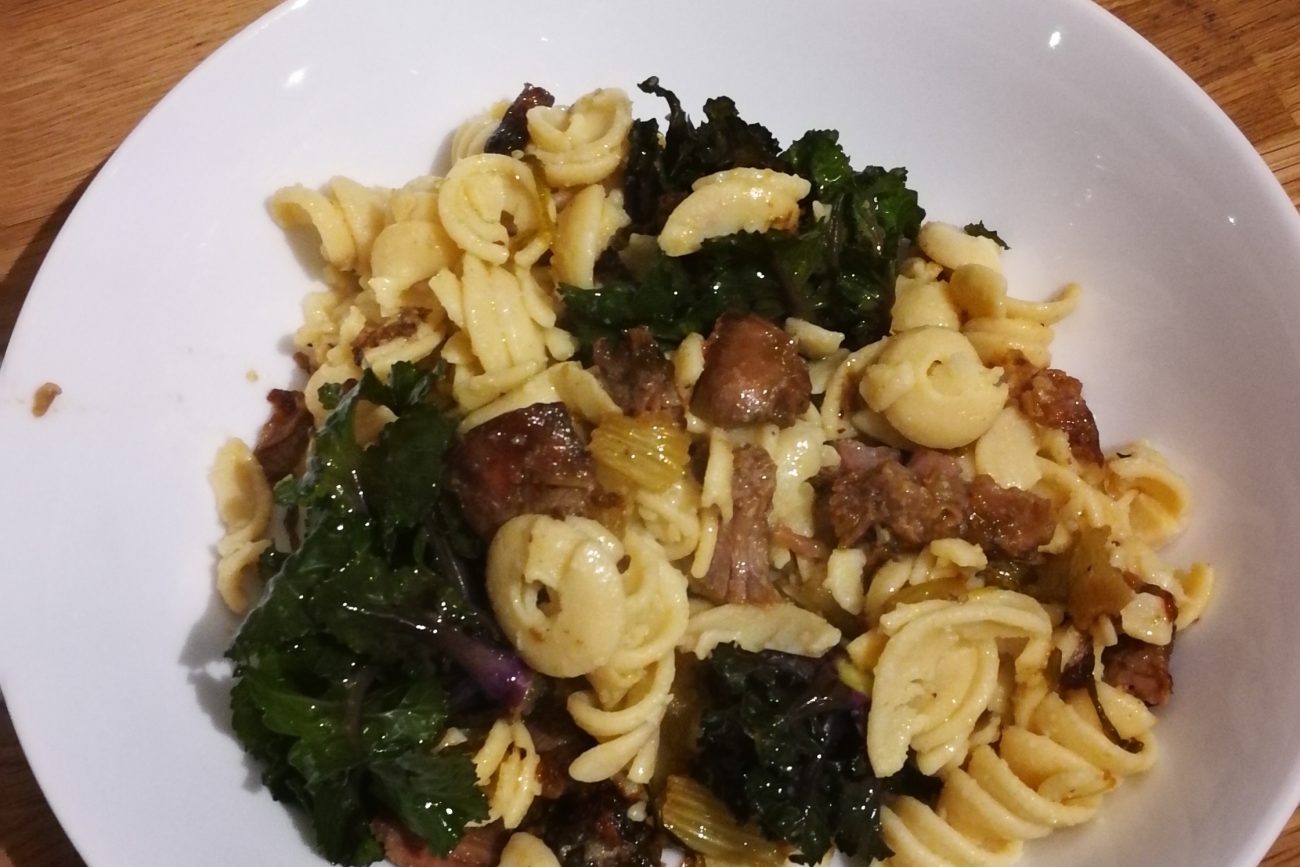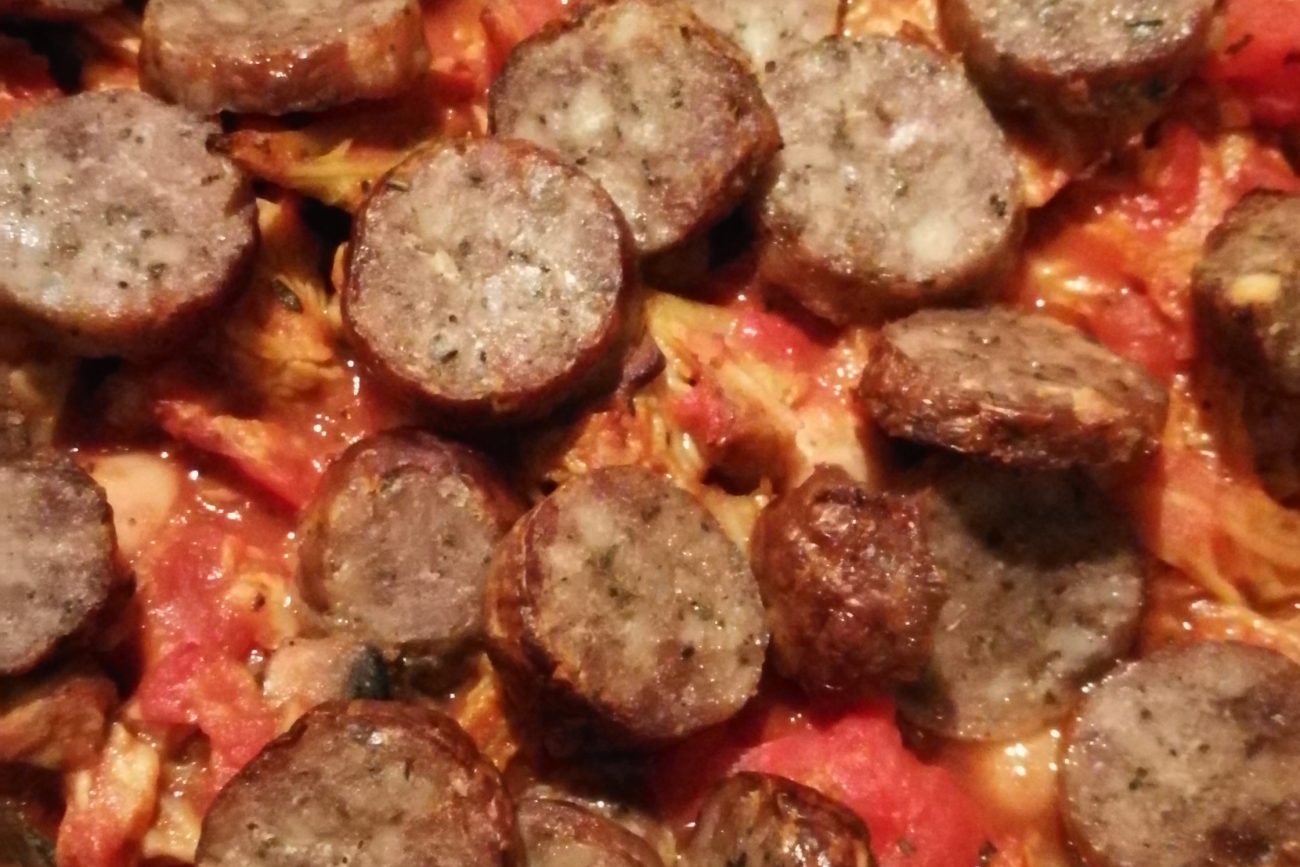Making Meat Go Further
Reducing the amount of meat we consume has been identified by researchers and organisations, like the British Dietetic Association, as being an effective way to improve our nutrition. Simply speaking, for those of us consuming a large amount of meat per day, a reduction would allow us to create space – in terms of nutrients and energy requirements – for the variety and diversity we need from other food groups like vegetables, grains, cereals, legumes, nuts and seeds. This can lead to more favourable health outcomes and in time, it should also help to improve the health of our planet too.
Opting for less meat in the diet is a sentiment shared among a number of groups focused on environmental health too, including the WWF. To learn a little more about the impact of meat intake in the diet, you can read this Meat Intake article that I have written, which aims to cover both the benefit and impact of consuming meat.
Below, I have put together some ideas that have helped me to reduce my meat intake gradually. Ways that will hopefully show that it is possible to enjoy meat, while making it go a lot further. I have included example recipes using beef, chicken and pork, while introducing some considerations when buying meat that can also support our health and environment.
What to buy
Less and Better (a slogan adopted by Eating Better) as a principle, is something I whole heartedly support. Eating Better suggests a 50% reduction in meat and dairy consumption which for some may be a daunting prospect. So first perhaps, the more immediate focus should be on ‘Better’ and with practise, ‘Less’ can follow.
Where possible, try to purchase meat that encompasses high welfare, ideally with additional environmental policies / certification as a way of ensuring that the meat you eat is as sustainable as it can be. There are big differences between imported meats and locally reared, in terms of transport and processing emissions, as well as farming practises and quality.
Finding out what farming practises were used isn’t always possible but understanding the principles of intensive farming verses more sustainable practises like slow grown or mixed farming, will help to show just how varied livestock farming can be.
If you happen to be close to a butchers or farm shop you’ll be able to speak directly, to establish where and how their produce is farmed. Alternatively, if this isn’t an option and you’re looking for labels or certification you can trust – try to spot the following in your local supermarket:
- EU Free range or Organic (poultry & pigs)
- Pasture for Life (beef & dairy)
- Soil Association (poultry, pigs, beef & dairy)
- RSPCA Assured (all species for free range/ organic production)
Favourites first
Prioritising food we love can really help make lasting changes, because it puts us in touch with our personal values in what we eat. It’s food that we are familiar with, so it’s simply about making small and sustainable changes. It might be a certain way something is cooked; the style of cuisine; a family classic that instils comfort, or certain dishes that are enjoyed more on a regular basis. Below I have concentrated on roasted meats, mostly because they are so versatile, but I have also included the humble sausage too, to demonstrate how any favourites might be made to go a lot further in a variety of ways, including cost.
Reduce Waste Financially and Physically
Aim to buy and eat with waste in mind. For example, a whole chicken fully utilised will provide a host of nutrient rich meals and save you money in the long run, when compared to using just chicken breasts for each meal which are priced at a premium rate.
Paying attention to portioning and using up any leftovers will cut down on waste. There are no rules to say you can’t go back for seconds if you’re still hungry, but if you know that you are more likely to throw away leftovers on your plate rather than reuse them – having a thoughtful approach to how much you’d like to eat avoids wasting any leftovers. The British Nutrition Foundation have a guide on basic portioning principles, which can be a helpful reference, if you’d like to look into it – click here.
I’ve written a short blog on how to truly love your leftovers which also helps to define my initial point about creating space for much needed nutrients and fuel from other food sources. Adding more variety and diversity to achieve adequate energy, fibre and nutrient intake will lead to improved nutrition.
Vegetables, grains, cereals, legumes, nuts, seeds and fruit – what a time to be alive and living in the UK, when these foods are, for the most part, in abundance.
It’s time to get creative and diversify our shopping lists!
Example Dishes
Whole Sutton Hoo (slow grown / free range) Chicken from a local butcher (also available for online purchase direct)
https://www.suttonhoochicken.co.uk/stockists
- Sutton Hoo Chicken
- Roasted Whole Chicken
- Roasted Jointed Chicken with Chilli and Garlic
Favourites: Roasted – Whole or Jointed – Chicken (Pictured Jamie Oliver’s Chicken Bastardo recipe)
There are certainly more ways than one to roast a chicken but my usual preference is to add the following:
One Bulb of Garlic – Gently crush cloves and keep skins on.
Two White Onions – Quartered with skins on.
Two Large Carrots – Halved.
Handful of Rosemary Sprigs
Olive Oil
Salt & Pepper
Half of all ingredients (excluding olive oil, salt and pepper) are inserted into the chicken, the other half are spread out in a roasting tin.
The chicken is placed on top of the ingredients and approx 2 tbsps of olive oil is drizzled over the lot. Rub approx 1tsp salt and 2 tsp pepper into the skin of the chicken and ensure all areas are oiled and seasoned.
Throw in a preheated oven at approx. 170-175 degrees C for fan assisted and allow 1.5 hours for a 1.5kg to 2kg bird – or cook until golden and juices from the leg run clear.
Most important part is to let it rest for 15-20mins minimum before carving, this will make sure it’s tender!
Served up for two portions of Sunday Roast.
Tip: strip the chicken of all meat while it’s still warm – it’s so much easier.
- Chicken Stock
- Chicken and Pumpkin Risotto
- Chicken Curry
Leftovers: Stock, Risotto, Curry
Stock
Stock is so simple to make and helps to form the base of so many wonderful dishes while adding flavour and nutrients to the dish. I personally love to use my own stock for risotto and soups mostly.
This stock was just the roasted vegetables from above, celery and chicken bones, boiled down for a few hours with fresh herbs of thyme, sage and rosemary (although dried herbs would be fine).
Risotto
Using a small amount of meat from the chicken – approx. two palm sized portions – the stock and a medium sized whole roasted pumpkin, I created a big pot of risotto that was boxed up for lunches and the freezer into approx. 8 portions.
Curry
Using the legs and all remaining leftover meat, a curry was easy peasy using a base of:
1 white onion
5 cloves of garlic
1 tbsp turmeric powder
3 tsp cumin powder
2 tsp ginger powder
Big pinch of dried fenugreek leaves
1 can Coconut milk
Fresh flat leaf parsley
Fry off the onions until soft, add the garlic and powders to release the aroma and then add meat and leaves. Add the can of coconut milk and let it simmer on a medium to low heat until sauce is thickened slightly. Serve with a generous handful of chopped flat leaf parsley. This made approx. 6 portions.
Total number of portions (of all meals) from one chicken: 16 portions
Longhorn Beef Sirloin on the Bone from Heath Farm
- Longhorn Beef Sirloin (on the bone)
- Roasted Sirloin (on the bone)
- Medium Rare Sirloin
Favourite: Roasted Sirloin Beef
After rubbing with olive oil, a pinch of salt and cracked black pepper, the sirloin was cooked for 12 mins (6 mins either side in a skillet) in the wood fired oven at 350 degrees C and then left to rest for 20 mins before serving two portions for a Mediterranean style roast with roasted tomatoes, peppers, olives and rosemary skin-on potatoes.
- Mexican Beef
- The Scraps
- Beef and Smoked Garlic Pot
- Beef and Smoked Garlic Pasta
Leftovers: Mexican Style Beef Wraps, Beef and smoked garlic pasta
Mexican style wraps
1 red onion – thin slices
2 tsp paprika
1 tsp cumin
1 tsp cayenne pepper
Sirloin beef thinly sliced
2 large carrots – thin slices
2 bell peppers – thin slices
1 lime
Coriander roughly chopped
On a medium heat with a drop of olive oil, soften the onions and add the spices to release their aroma, add the beef, carrots and peppers and cook for approx. 5-10 mins max. Take off the heat and stir through coriander. Serve in wraps with (ideally) a homemade guacamole, a little sour cream and a squeeze of lime. This served 4 large wraps.
Beef and smoked garlic pasta
In a pot, I roasted the scraps from the bone in the oven for 1.5 hours at 180 degrees C with:
4 celery sticks – chopped into 2cm pieces
10 chestnut mushrooms – roughly chopped
5 cloves of smoked garlic
Handful of fresh tarragon (phenomenally flavoured herb)
2 tsp of chilli mash (a mild flavoured chilli)
The fat melted into the ingredients, everything softened beautifully and I stirred it through 300g of chickpea pasta and added steamed kalettes, serving 6 portions in total. A fab one to box up and reheat for lunch during the week – mixing up new veg each time to steam within the box or warm through in a pan.
Total number of portions (of all meals) from one sirloin on the bone: 12 portions
Six Saddleback Pork Sausages from Heath Farm
- One Sausage with Vegetables and Mashed Potatoes
Favourite: Bangers and Mash
I love the humble sausage when it’s lovingly made by a butcher that knows how to get the best out of their meat. They’re a lot cheaper than a lot of meat cuts and they can still go a lot further than you think when coupled with beans, vegetables and grains.
Try adding more to your bangers and mash so you only need perhaps one or two sausages.
- Sausage and Bean Casserole
- Sausage and Bean Casserole served with peas, sweetcorn and sourdough bread
Leftovers: Baked Sausage and Butter Bean Casserole
Only cooking what you need from the six means you can freeze the remaining sausages but if you grill all of them at the same time, try to save some for something different like a sausage an bean casserole.
This one was really simple and comprised leftover vegetables I had (mostly carrots and cabbage), rather than following a recipe as such, to which I added paprika, cumin, chopped garlic, a tin of tomatoes and a tin of butter beans. I usually thickly slice the cold grilled sausages and placed them on top of the mix in a casserole dish and oven baked it at appox. 190 degrees C without a lid or covering for around 25mins (or until browned slightly and the casserole mix was clearly bubbling with heat).
It could be served with potatoes, grains, bread or just in a bowl and will normally serve approx. 4-6 portions.
Total number of portions (of all meals) from six butcher’s sausages: 6-8 portions
Recap
When attempting to reduce meat consumption, thinking about the following should help you:
- Less and Better: be mindful of how much and what you buy in terms of quantity, cost and quality.
- Favourites First: always make sure you’re eating meals that you enjoy, inspired by your favourites.
- Portion Mindfully and Love Your Leftovers: to save money and food waste.
- Create Space: leave plenty of room for other food groups for optimal diversity and variety in the diet.
If you’re interested in looking at more sustainable ways to improve your diet for your health and the environment, keep an eye out for more posts here or follow us on Instagram and Facebook.

